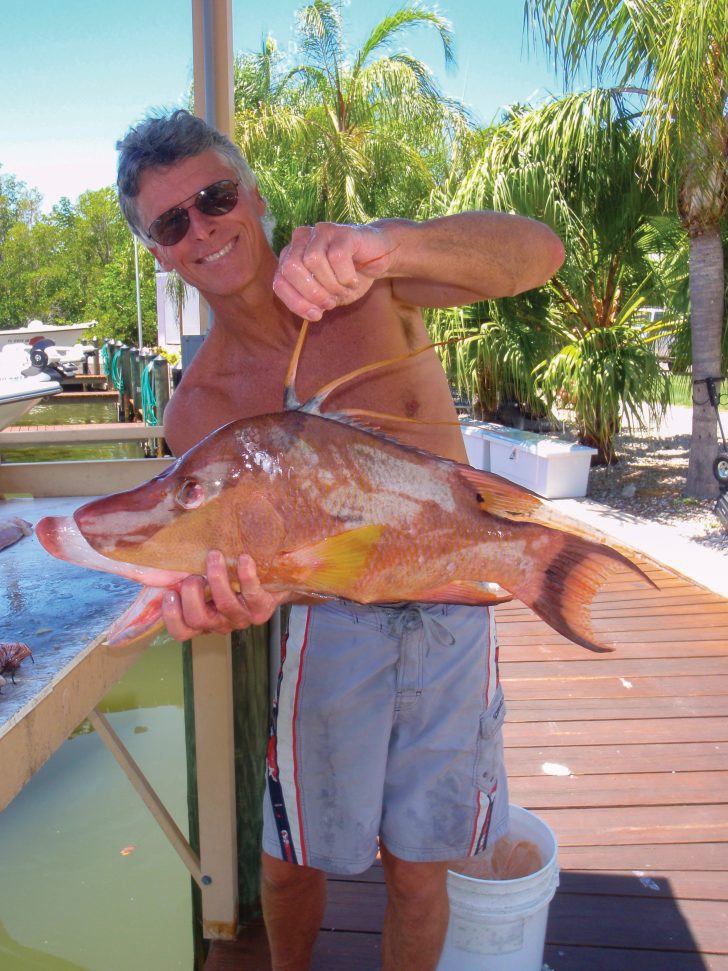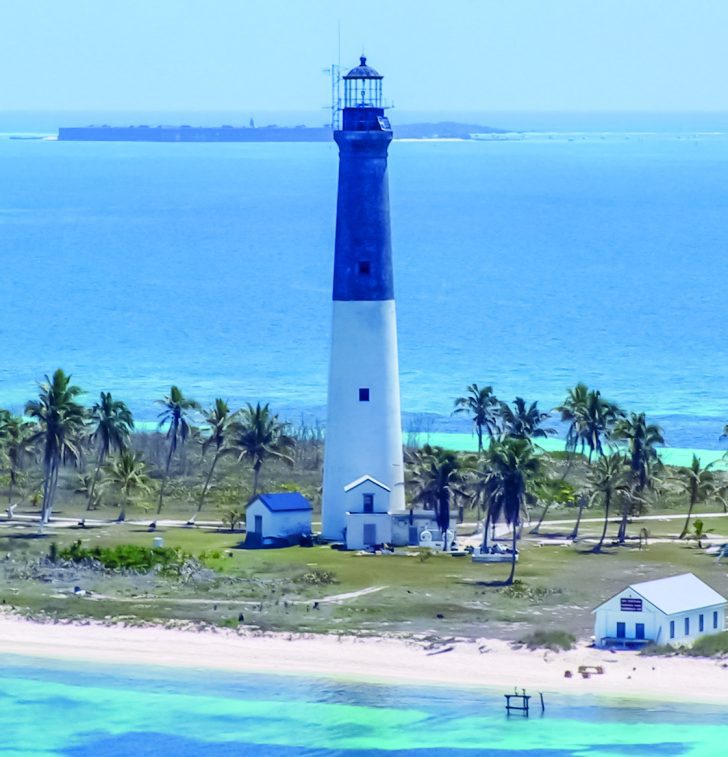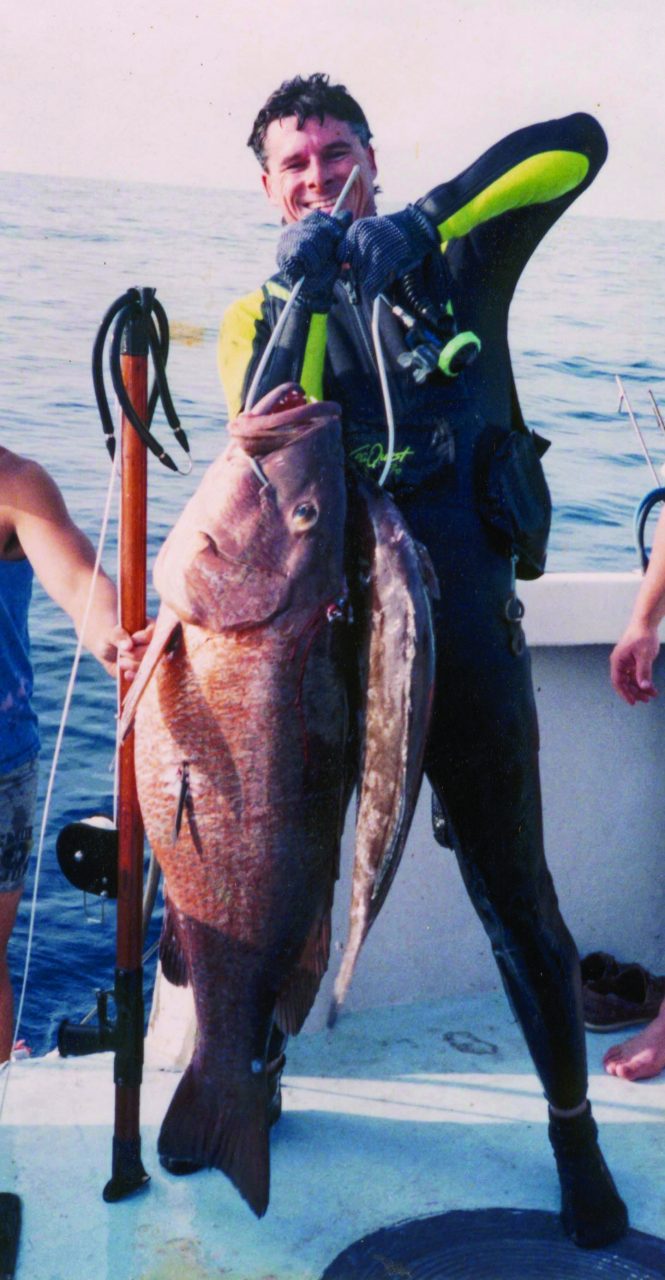By: Capt. Chad Carney

Over the years, I’ve lost count of my Tortugas trips, but they were a big factor for my move to the Isles of Capri, just half a mile north of Marco Island. Another reason is Southwest has way less population and way more area in diveable depths, than all of South and Central Florida. The Everglades from Marco Island to Lower Matecumbe Key in the Keys is 88 nautical miles and has virtually zero population.
Northwest of the Tortugas are great deep wrecks like the Rhein, Araby Maid, U 2513 and Hermes and Southeast the Tortugas are 25 nautical miles of big fish reef drop-offs, below Rebeca Shoals to the Tail End Light. On these drops I’ve shot 50 to 65lb black groupers and have seen 2 100 lbers! Northeast of the Tortugas are moderate depth wrecks, all on the way home, like the Oiler, Baja CA, and Spot Pack, where I shot my first Cubera Snapper, 57lb with a 20lb black too! The Air Force Relay Towers W, L, & S are still 53 nautical miles minimum from home, and known for African pompano, permit, AJs and mangrove snappers, shooting in the top half of the depth.
Google the Dry Tortugas National Park for more info. https://www.nps.gov/drto/index.htm
Capt. Chad


